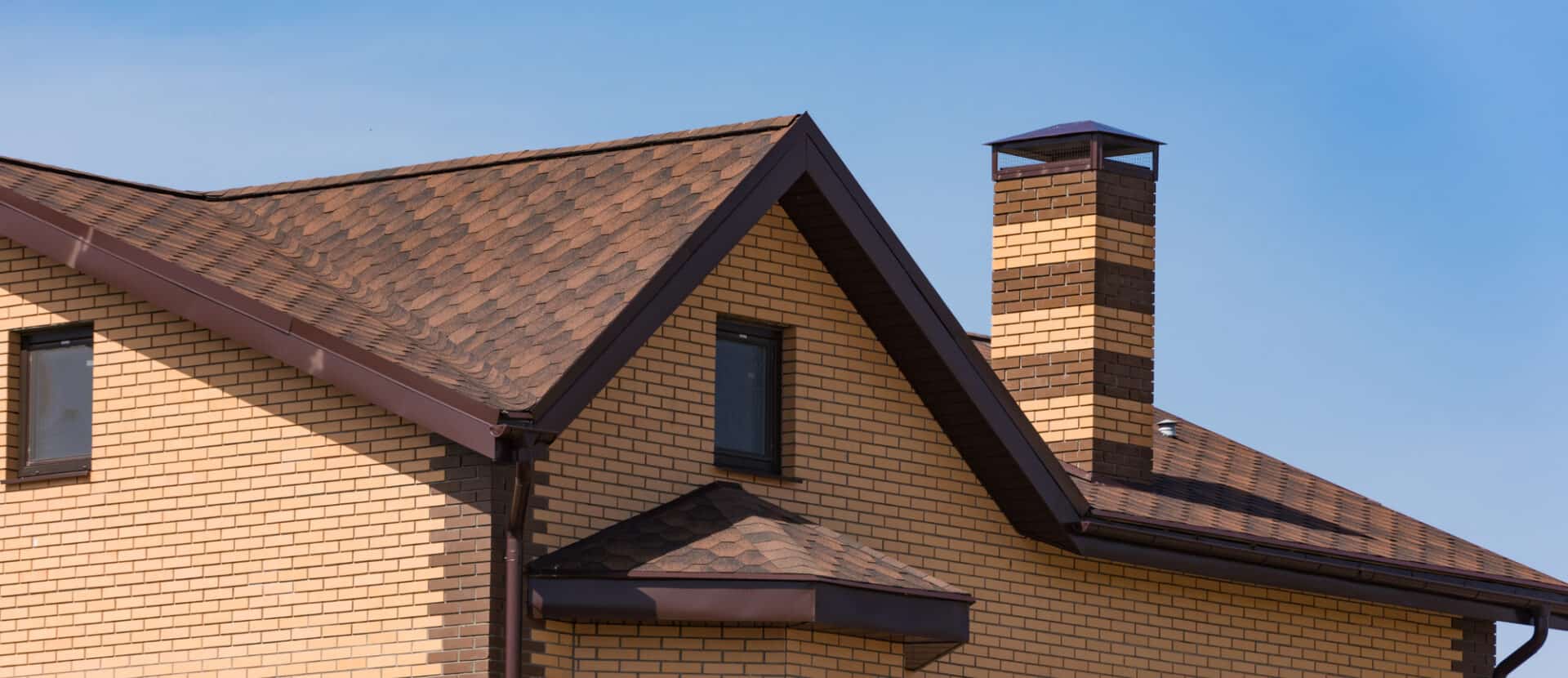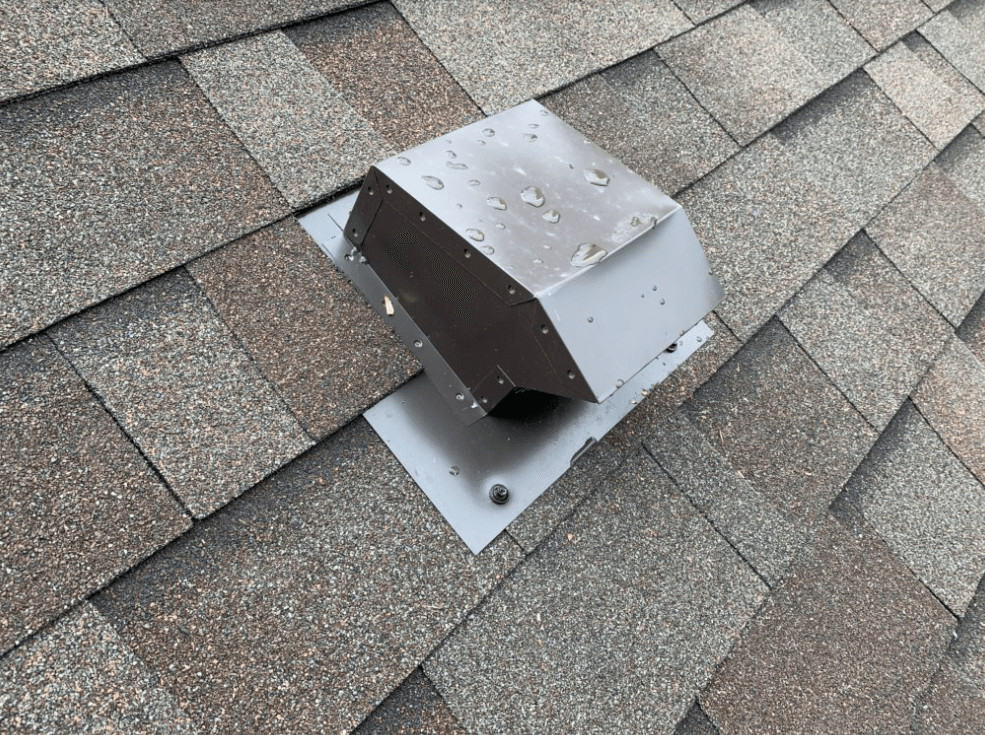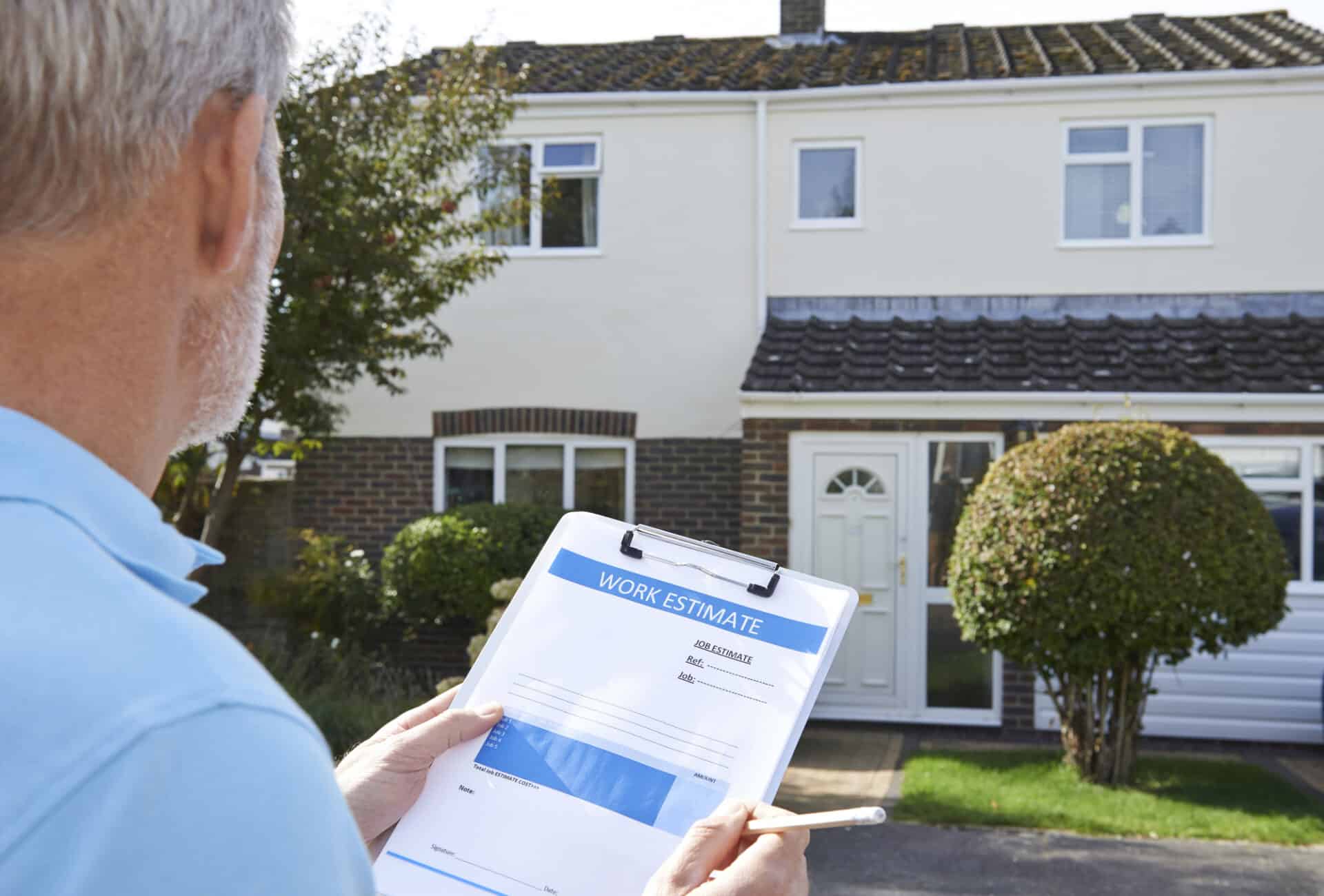If you’re getting your roof replaced you need to tear off the old one before installing your new roof. There are lots of reasons for this, you can find a few of the biggest ones by reading “Do I Need To Tear Off My Roof?”
Assuming you’re going to hire a contractor to tear off your roof, how will you know if he’s going to do it the right way before you hire him? The only way to be sure is to have (in writing) the steps he will take to tear off the roof. Compare what he has to the list below to be sure your roof tear off goes right so the new roof you install doesn’t have any problems. If any of these steps are skipped, there’s potential for leaks and other problems that will force you to spend even more money on your roof – after it’s installed.
How To Tear Off A Roof The Right Way
1. Roof Tear Off Preparation
Tearing off a roof is a dirty process. There are literally tons of shingles up on your roof (average is around 3-4 tons) and they all have to be ripped off and put somewhere. Even if there is good truck and trailer access to back a dump trailer up to your home, it won’t all make it in the trailer.
To prevent debris from getting embedded in your flower beds and landscaping tarps must be laid out covering every square foot of the property near the side of the roof being torn off.
I also highly recommend putting tarps from the roof down so nothing can swing around and hit your home. Shingles can easily get caught by the wind and leave tar marks and scars on your siding, windows, and doors.
PREPARATION INSIDE THE HOME
This is a step that you can take to protect your valuables that won’t fall under the liability of the contractor tearing off your roof. I tell all my clients to take down any picture frames or other valuable items hanging on the walls to be sure they don’t fall off and get broken. The whole roofing process involves a lot of vibration and if a picture or piece of art is hanging on the wall loosely it could fall of and be damaged.
If you have items up in the attic they should be covered with plastic to prevent dust from falling on everything. If your home has plywood roof decking then the dust won’t be as severe as it would be with skip-sheathing or ship-lap. Still, to prevent your stuff in storage from getting dirty, this simple step can save a lot of cleaning later on.
2. Tear Off All Existing Roofing Materials
One thing I’ve learned when dealing with contractors is that you can assume nothing. If someone tells you they will tear off your roof you may think they mean tearing off everything. However, maybe they just meant the shingles – and leaving the felt paper and existing flashings. This is one reason it’s very risky to just take someone’s “word” or go off a one-page estimate.
ALL Roofing materials should be removed when a proper roof tear-off is performed. This includes all existing roofing layers, felt paper layers down to the original decking, and all the pipe flashings, step flashings, apron flashings, vents, fasteners, etc. Everything!
The only way to ensure your new roof will not leak is to replace all the old components. Flashings in particular, are one place that leak very often – if they aren’t replaced with new flashings installed the right way, they’ll keep on leaking well after your new roof is installed.
Properly tearing off a roof will reveal any water damage that has happened in the past, and allow for a proper roof deck inspection. Only after all these steps are performed should the new roof be installed. If not, you’re taking a big risk and could very well have to deal with your roof again in the next few years.
Get a Quote
If you would like a quote for a new roof, contact the team at New Heights Roofing today. We will give you a fair price and a full breakdown for the work.




